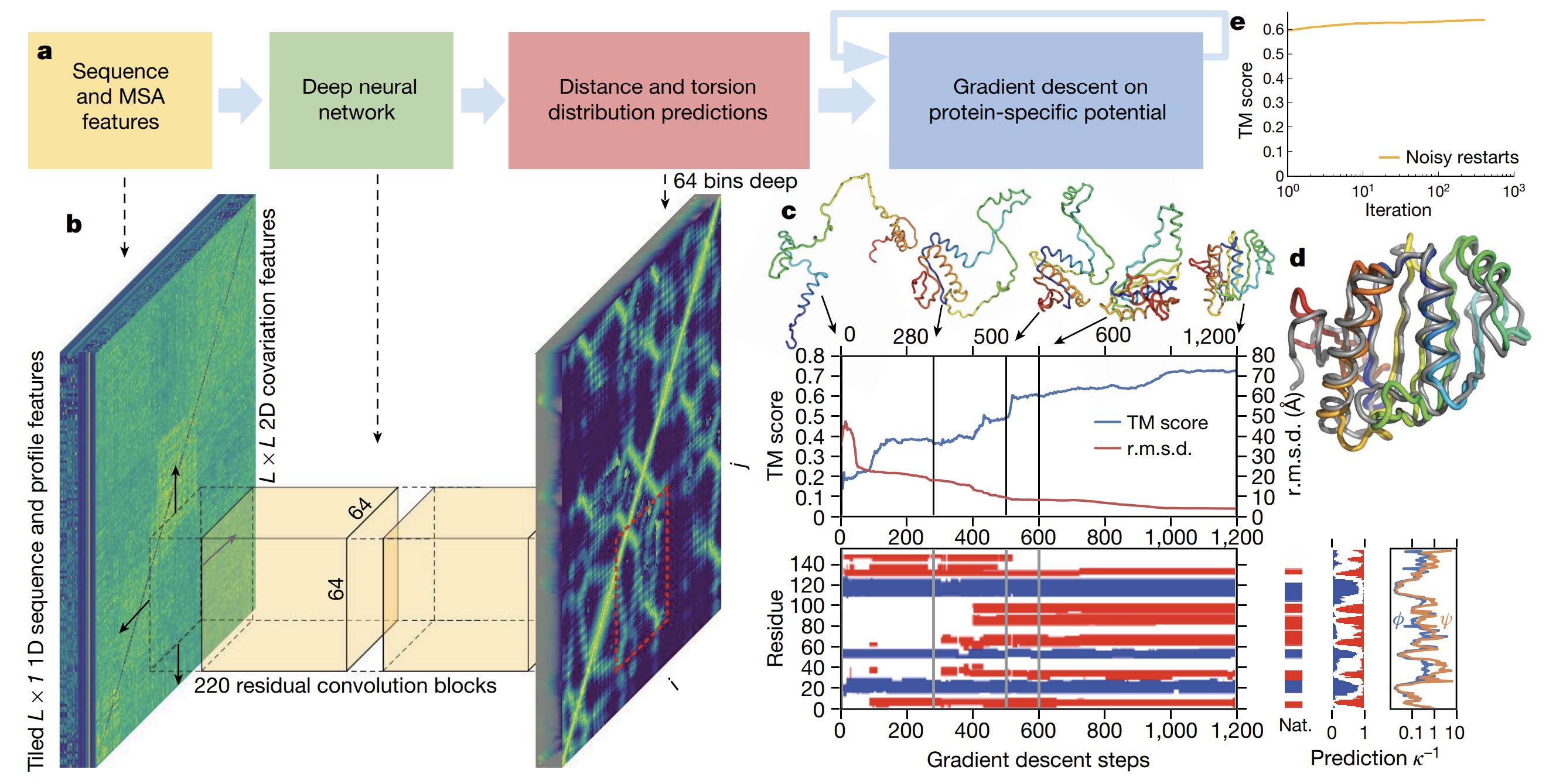As soon as this year's Nobel Prize was announced, artificial intelligence (AI) emerged victorious.
Firstly, the Nobel Prize in Physics was announced on Oct. 8, in which two pioneers of artificial intelligence, John J. Hopfield from Princeton University in the United States and Geoffrey E. Hinton from the University of Toronto in Canada, were awarded for their "fundamental discoveries and inventions in artificial neural network machine learning." Geoffrey Hinton is the 2018 Turing Award winner and is hailed by the industry as a deep learning giant and AI godfather. Ilya Sutskever, co-founder and former chief scientist of OpenAI, studied under Geoffrey Hinton.
On Oct. 9, the Nobel Prize in Chemistry was announced, with half awarded to David Baker for his contributions to computational protein design. The other half was jointly awarded to Demis Hassabis and John M. Jumper for their achievements in protein structure prediction.
The Chairman of the Nobel Committee on Chemistry, Heiner Link, pointed out that the two discoveries recognized by the 2024 Nobel Prize in Chemistry have opened infinite possibilities in the field of biochemistry. Among them, Baker successfully accomplished an almost impossible feat, constructing a completely new type of protein. Hassabis and Jumper have achieved a 50-year dream of predicting the complex structure of proteins through artificial intelligence models.
 Figure 1. The 2024 Nobel Prize in Chemistry. (Nobel Prize official website)
Figure 1. The 2024 Nobel Prize in Chemistry. (Nobel Prize official website)
AI + Pharmaceuticals Are Expected to Become the Next Golden Track
AI technology has played an important role in the entire process of drug discovery, preclinical research, and clinical trials through machine learning, deep learning, and reinforcement learning. Since its early exploration in the 1990s, AI pharmaceutical technology has gone through periods of technological accumulation, validation, and rapid development. Currently, it is in a stage of active technological innovation, obvious policy support, and broad market prospects. According to Precedence Research, the AI pharmaceutical industry is expected to maintain rapid growth over the next decade, with a market size of $1.17 billion in 2023 and projected to exceed $11.8 billion by 2032. The CAGR from 2023 to 2032 is projected to reach 29.3%.
Analysis of the Upstream, Midstream, and Downstream of the AI Pharmaceutical Industry Chain
The upstream of the AI pharmaceutical industry chain involves computing power, algorithms, and data, mainly divided into two categories: companies providing AI technology and companies providing biotechnology. Enterprises that provide AI technology include AI hardware equipment for auxiliary pharmaceuticals such as servers and chips. The software includes various machine learning, deep learning, and other artificial intelligence algorithms, as well as auxiliary software like data collection and processing platforms, open-source software packages, and cloud computing platforms. Enterprises providing biotechnology include those offering CRO services and advanced equipment.
The midstream of the AI pharmaceutical industry chain is mainly divided into four categories: AI + Biotech, AI + CRO, AI + SaaS, and the layout of IT leading enterprises in the AI pharmaceutical industry.
- AI + Biotech: Classified based on the properties of drugs themselves or treatment methods, and from the perspective of segmented fields, it can be further divided into three categories: small molecule drugs, large molecule drugs, and cell and gene editing methods.
- AI + CRO: With the assistance of artificial intelligence, we can better deliver lead compounds or PCC to customers and then have pharmaceutical companies carry out subsequent development or collaborate to promote drug pipelines.
- AI + SaaS: Provide customers with an AI-assisted drug development platform, empowering enterprises through the platform, helping accelerate research and development processes, and saving costs and time.
- IT Leading Enterprises: Participate by leveraging external investment, building relevant platforms, providing computing power and computing framework services, etc.
The downstream of the AI pharmaceutical industry chain consists of traditional pharmaceutical companies and CRO companies. Traditional pharmaceutical companies mainly enter the AI pharmaceutical industry through self-built teams, external investment, CRO, and technology cooperation. CROs mainly enter this field through venture capital, establishing internal algorithm teams, adopting external AI technology, and collaborating with AI pharmaceutical companies.

AI + Pharmaceuticals Are Thriving, with a Diverse Range of Applications Emerging
New drug development is characterized by long cycles, high investment, and high risk. AI intervention in the entire process of new drug development accelerates the speed of new drug development. Taking small molecule drugs as an example, the research and development cycle takes an average of about 10 years, including the drug discovery stage (2-4 years) where the precursor compound is discovered, and the lead compound is obtained through layer-by-layer structural optimization, the preclinical research stage (1-3 years) for candidate compounds, and the clinical stage (3-7 years). Among them, the drug discovery stage is the most important basic link in the development of small molecule drugs. Drug screening technology directly affects the quality of lead compounds, research and development efficiency, research and development costs, and the possibility of drug development, which is the key to the continuous development of new drugs. Artificial intelligence has been involved in the entire process of new drug development, with wide applications in target discovery, protein structure prediction, compound virtual screening, ADMET prediction, and assistance in clinical trial design, patient recruitment, etc. It can effectively save research and development expenses by predicting clinical trial results.
Innovation-Driven New Drug Development - A Cutting-Edge Drug Discovery Platform by Creative Biostructure
The 2024 Nobel Prize in Chemistry reveals the transformative potential of artificial intelligence and computer-aided technology in drug discovery. Creative Biostructure's AI-driven drug discovery and MagHelix™ CADD (Computer-Aided Drug Design) platform are pioneers in this trend.
AI-Driven Drug Discovery Platform
In the pharmaceutical industry, the rapid development of data digitization has led to the continuous expansion of the application scale of artificial intelligence (AI) technology. Creative Biostructure has achieved significant results in target prediction, high-throughput screening, drug design, and ADMET property prediction (absorption, distribution, metabolism, excretion, and toxicity) of drugs through AI technology. When the target mechanism of new drugs is not yet clear, AI technology, unlike traditional CADD methods, is particularly suitable for drug development of complex diseases due to its data-driven nature. Thanks to advanced machine learning algorithms, we can greatly improve the efficiency and success rate of virtual screening, thereby reducing research and development time and costs to a certain extent.
MagHelix™ CADD Platform
CADD technology has penetrated various aspects of drug discovery. By leveraging the advantages of artificial intelligence and cloud computing, this platform has played an important role in the virtual screening of active compounds, optimization of lead structures, and ADME/T prediction of drugs. This platform can screen compounds with specific biological activities in a short period of time through a large-scale virtual compound library and reduce the number of candidate molecules required in the experimental stage. When developing new drugs, using CADD technology can significantly improve hit rates and reduce costs by up to 99.9%.
The 2024 Nobel Prize in Chemistry reminds us that collaborating with AI and CADD technologies is the key to future drug development. Creative Biostructure is committed to combining the latest AI innovations with traditional computer technology through its powerful drug discovery platform, providing efficient solutions for biopharmaceutical companies at critical junctures in new drug development. We invite scientists and researchers in the pharmaceutical industry to try our platform to accelerate the drug discovery process, reduce research and development costs, and embrace a new era in the pharmaceutical industry!




